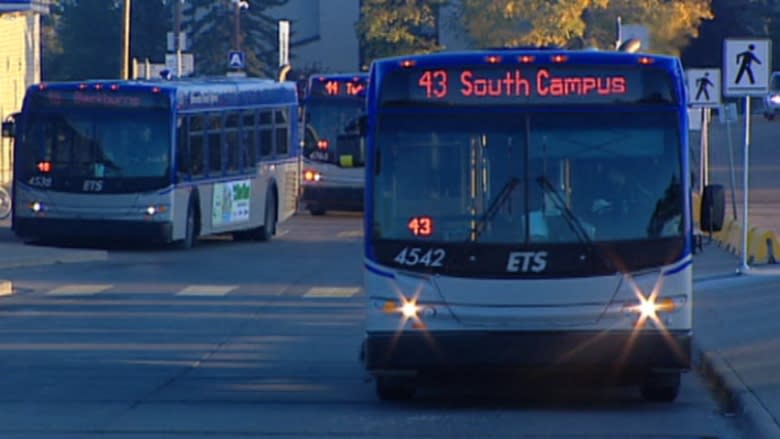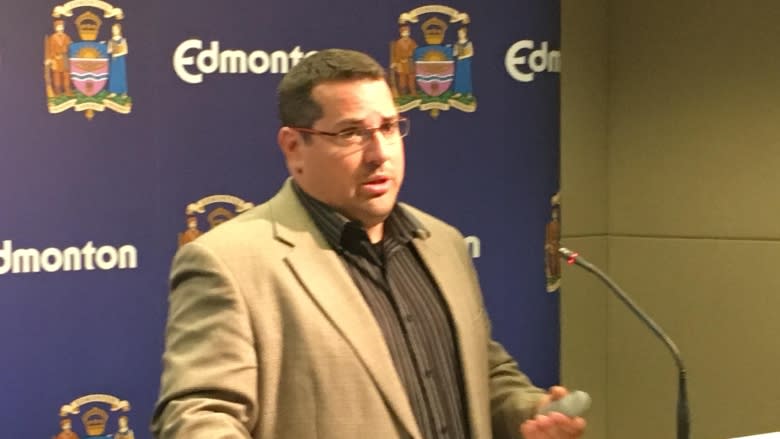City takes 'holistic' approach to mapping future transit system
The city's plan to transform Edmonton's transit system is getting mixed reviews, even as city officials say the strategy is a conceptual plan that can be improved.
The new 82-page report released Thursday calls for major changes to the existing system, which officials said will integrate LRT lines with bus routes.
The general supervisor of city-wide strategy, Sarah Feldman, said the city spent two years writing the plan, during which time they consulted 20,000 people.
"What we're putting out through this transit strategy report is our understanding in how we can better align service with what citizens want."
Many people want more frequent buses, Feldman said. The transit strategy recommends increasing buses on certain routes — namely in the inner city areas and major corridors.
However, it also calls for possibly reducing service in areas where ridership is low.
Coun. Mike Nickel said cutting routes could hinder his constituents from getting around.
"They're saying this re-alignment does not align with what their work habits and lifestyle habits are, so you know, whole areas of the city are going to be suffering from transit reductions, if not outright loss."
That meandering community bus, which neighbourhoods rely on, may change. The report includes a chart of suggested changes that includes "less circuitous than current routes."
The strategy outlines four other main types of routes — LRT connectors, frequent bus routes, rapid bus routes and cross town routes — which would "facilitate travel between outer areas of the city," Feldman said.
To compensate for cutting community buses, the city may entertain the idea of using ride-sharing services for people in neighbourhoods with low ridership — an idea that's not going over well with the Amalgamated Transit Union in Edmonton.
The president of the local ATU, Mark Tetterington, said drivers worry about losing their jobs but it's also unfair for taxpayers.
"How do you say to one person who's getting a tax increase on their property taxes that, 'Sorry, you don't get bus services over here because you don't have enough people riding your bus,' but yet over here in another neighbourhood, 'No problem, you have lots of bus service?"
Eddie Robar, branch manager of Edmonton Transit, assured critics that the strategy is a work in progress with more consultation to come.
"It's not like a light switch you can just turn on and off. A lot of communication has to happen, education on changes, what the impact is and how we mitigate some of the negative impacts that may come from that."
An important piece of the puzzle is integrating the bus network with the Valley LRT line.
"We want to make sure we coordinate that with the 2020 launch with that Valley Line," Robar said.
"It's not just a bus-network plan. It's really a city plan looking at growth, how we connect people. We have to look at it more holistically and how people get from door to door and their entire journey."
Currently, about 13 per cent of Edmontonians use public transit and the strategy aims to change that.
The city's urban planning committee is scheduled to discuss the strategy at its July 5 meeting.
The committee is looking at having the new system in place within the next three to four years and within the current budget — $350 million a year.



